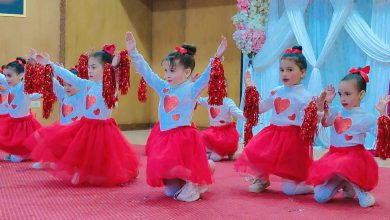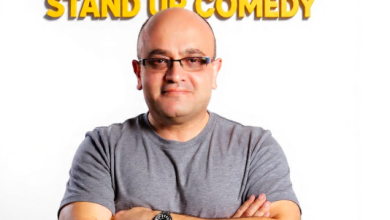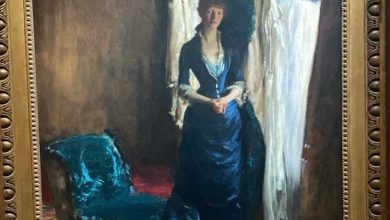“Ah, Jerusalem!”—The Cries of an Egyptian Pharaoh in Paris
By Critic/ Thuraya Darwish, Al-Akhbar Newspaper, 2004

“Ah, Jerusalem!”—The cries of a sincere Egyptian farmer whose exile only deepened his bond with the causes of his Arab nation. The tragedy of the Palestinian people moved him, igniting a fire of anger in his depths. The feeble Arab stance and the world’s suspicious silence tormented him. He rebelled, refusing to stand among the shackled masses—those who plugged their ears, wagged their tongues, and merely watched the ongoing daily massacres orchestrated by Sharon.

From Paris, a Voice for Palestine
From the very start of the Al-Aqsa Intifada, artist Abdel Razek Okasha decided to join the ranks of principled intellectuals and free voices in Paris—his home for the past 12 years. He became a defender of the usurped Arab rights and an advocate for Palestinian children. He dedicated his brush and voice to this mission through 40 Arab-French associations where he holds membership.
As a genuine artist raised on the principles of freedom and Arab nationalism, inspired by Gamal Abdel Nasser, this son of Arab Al-Raml, Menoufia, embarked on a grand artistic journey. His vision: a large-scale exhibition that would travel across French cities and global capitals, advocating for the Palestinian cause. His paintings turned into fiery bullets, an outpouring of anger that shook hearts, shattered barriers, and broke through the imposed silence and blockades surrounding the Arab world.

A Roaring Exhibition in Egypt
At the Ramtan Hall in Giza, Okasha’s works were displayed in the first stop of his long journey, which would later reach Tunisia, Japan, Iran, and other countries.
“Ah, Jerusalem!” is a national artistic epic where one can almost hear the roar of cannons, the blasts of bombs, and the whizzing of treacherous warplanes. The scent of death, destruction, and devastation fills the sacred land. Okasha successfully wielded his lines and colors to defend the Palestinian child, Mohammed Al-Durrah, the mothers of martyrs, the heroes of the Intifada, Marwan Barghouti in his ordeal, Yasser Arafat in his siege, and every young man, woman, or elder facing oppression and the brutal aggression of Sharon’s forces. His paintings resemble battlefields, transforming his canvases into warzones.
Despite believing that “art cannot become a military barracks, a war tank, or a refugee’s hideout,” Okasha insists that art must bear witness to truth and history. He defiantly declares:
“Do not ask me to paint a beautiful red rose when the only red I see is on the bodies of Palestinian martyrs. Do not demand pure abstraction from me while you celebrate Picasso for painting Guernica—are the martyrs of Spain more deserving of discussions and tributes than the martyrs of our own Jerusalem?”
With this poignant and defiant tone, Okasha expressed his views in a raw, dramatic style brimming with honesty. His words stirred emotions, drawing tears from the select few who attended the exhibition’s opening in Cairo.
 Breaking Frames, Defying Conventions
Breaking Frames, Defying Conventions
A significant portion of Okasha’s work abandoned traditional frames and borders—an act of artistic rebellion. Mohsen Shaalan, Head of the Central Administration of Fine Arts for Museums and Exhibitions, saw this as a symbolic rejectionof the constraints imposed on the Arab world, ensuring that these artworks remained ever-ready for travel and global display.
The exhibition took seven months of intense preparation, during which Okasha secluded himself in his Paris studio, locked in a constant struggle and cry of resistance. Reflecting on this period, he said:
“Each time I complete a painting, I feel a sense of pride—I am painting Mohammed Al-Durrah, the martyrs of Al-Aqsa. My art gives me a sense of manhood and dignity. I reconnect with my childhood every time I see a Palestinian child hurling a stone at oppression. And yet, I feel we intellectuals have done nothing—just endless talk.”
To deepen his vision, Okasha employed a mix of mediums, skillfully integrating color, line, photography, and newspaper clippings (collage) into a powerful artistic composition. His pieces, infused with the scent of gunpowder, embody resistance, heroism, love, and hope. His series “War and Love” features slightly less somber tones, narrating the tragic love story of two souls from their first meeting to their heart-wrenching end in a bomb explosion. Their fused bodies remain etched onto the walls, a haunting testament to their story.
 Changing European Perspectives
Changing European Perspectives
The exhibition “Ah, Jerusalem!” continues to achieve its goals, challenging European perceptions and sparking debates at every stop in France. It has helped correct misconceptions propagated by Zionist lies and fabrications, making it one of Okasha’s greatest achievements as he insists on carrying this message to every country he visits.
This is the role of Arab art ambassadors—to confront false narratives and present the truth.
The Egyptian Pharaoh of Art
At just 34 years old, Abdel Razek Okasha is a multi-talented Egyptian artist—a sculptor, painter, and art critic. He is an active figure in French cultural circles and regularly participates in international and Arab artistic forums. With over ten international awards, he has been featured in The Golden Art Encyclopedia of Japan, a book that has been translated into French and English.
A true Egyptian Pharaoh, Okasha’s art does not simply exist within gallery walls—it is a voice of resistance, a call for justice, and a testament to the power of art in confronting oppression.
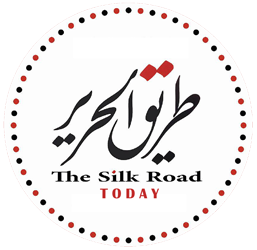
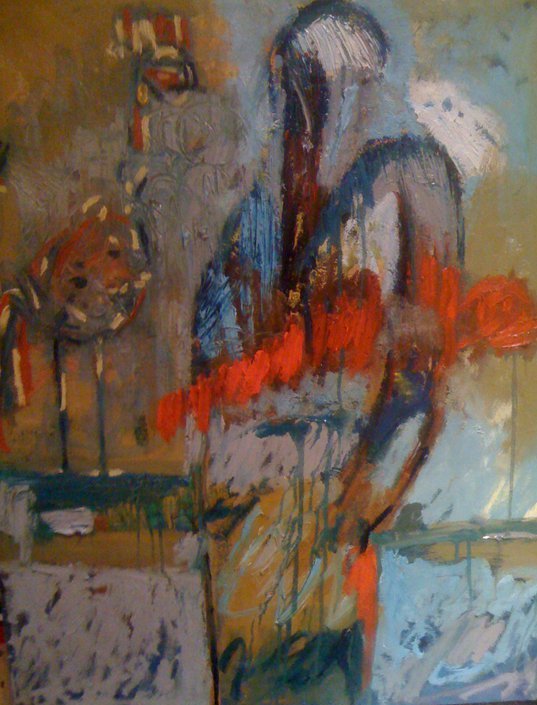
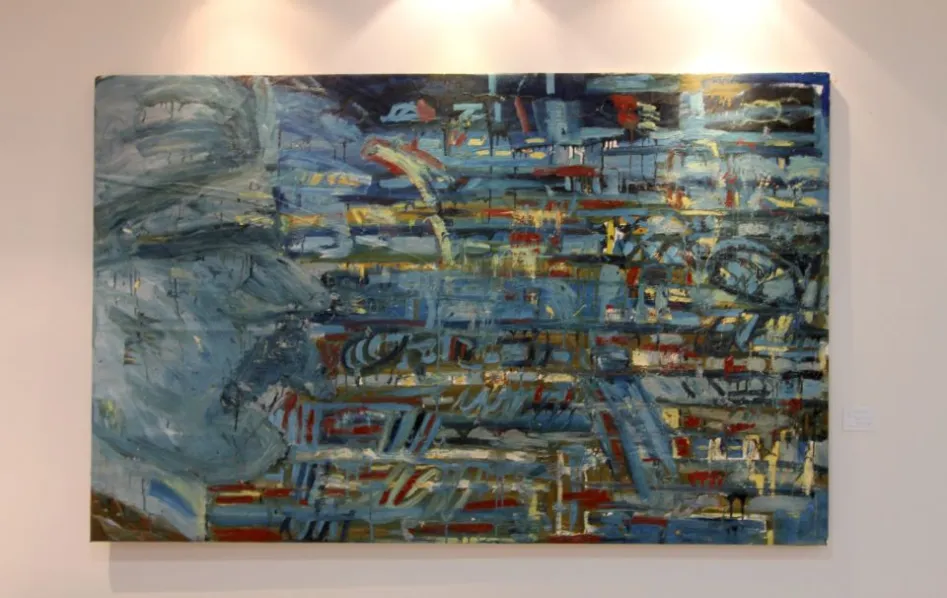
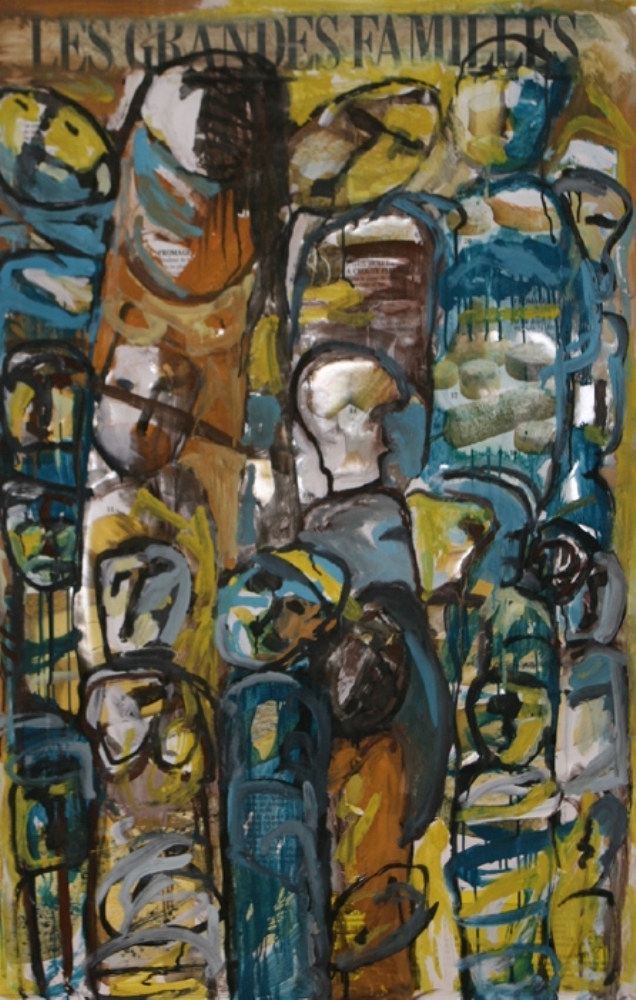 Breaking Frames, Defying Conventions
Breaking Frames, Defying Conventions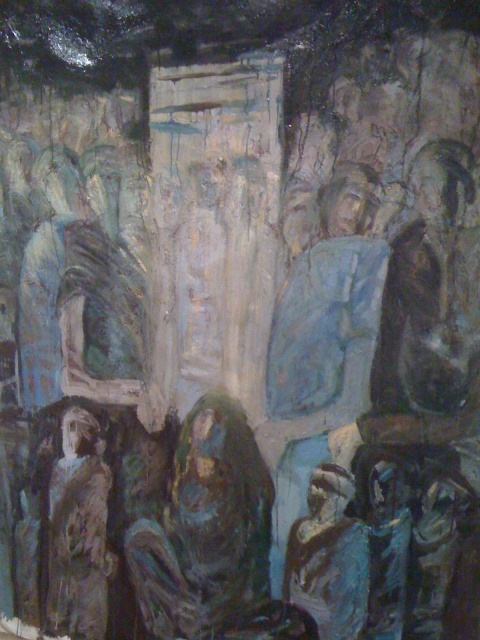 Changing European Perspectives
Changing European Perspectives
